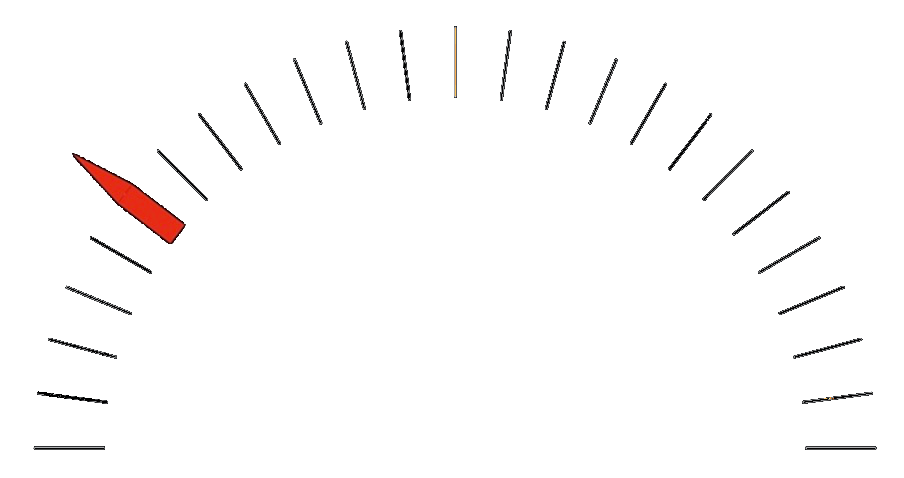Investment Lessons from Karl Marx
As far as I know, nobody has ever credited Karl Marx for his investment acumen in picking winners.
Until now.
In fact, one of his key ideas forms a cornerstone of my investment approach.
Early in my career I was gifted a copy of Robert Heilbroner’s book The Worldly Philosophers. The book contains several chapters on influential economists - men like Adam Smith and John Maynard Keynes. Oh, and right there front and center on the book cover… Karl Marx.
When I started reading the chapter on Marx, I did so with a sneering sense of dread. What could I possibly learn from the founder of a corrupt and bankrupt ideology responsible for the death of tens of millions?
But within Marx’s cartoonish view of humanity and incentives, I found what I least expected: a great way to identify superior investments.
Here, via Heilbroner, he describes what happens in a “capitalist crisis,” which today we know as a recession:
A crisis does not mean the end of the game. Quite the contrary. As workers are thrown out of work, they are forced to accept subvalue wages. As machinery is dumped, the stronger capitalists can acquire machines for less than their true value. After a time, surplus value reappears. The forward march is taken up again. Thus each crisis serves to renew the capacity of the system to expand. Crisis… is therefore the way the system works, not the way it fails.
But the working is certainly very peculiar. Each renewal leads to the same ending: competition for workers; higher wages; labor-displacing machinery; a smaller base for surplus value; still more frenzied competition; another crisis - worse than the preceding one. For during each period of crisis, the bigger firms absorb the smaller ones.
Marx’s theory rested on the “constantly diminishing number of the magnates of capital” who would “usurp and monopolize all advantages of this process of transformation.” He argued that this inevitability required state-controlled industry, lest the proletariat be subject to “misery, oppression, slavery, degradation, and exploitation,” as he so grimly painted the fate of the working class.
The fatal flaw of his vision is evident from the lessons of history. And yet, there is something remarkably prescient in his writings that we can apply to today’s business environment, and that is that large, efficient companies use recessions to capture market share and emerge stronger. This idea allows us to build portfolios of the best companies in the world and hold on through downturns and recessions, because history shows that they do tend to emerge stronger.
This is where economies of scale and network effects can serve to create barriers that serve to fortify the positions of the dominant players (us value investors call these competitive moats).
The trend, one that we have observed in the 150 years since Marx wrote Das Kapital, is that industries consolidate around the most dominant, well-managed companies.
As investors, we can use this idea to identify businesses that will survive and thrive throughout the cycles. These are lower risk businesses, and thanks to the miracle of the stock market, we can buy tiny slivers of such companies and allow them to compound our own wealth over time.
Isn’t capitalism grand? Thanks Karl!
